Shrimp Linguine is an easy 30 minute meal with just a handful of ingredients. With minimal effort, it will make you look like an absolute rock star in the kitchen.
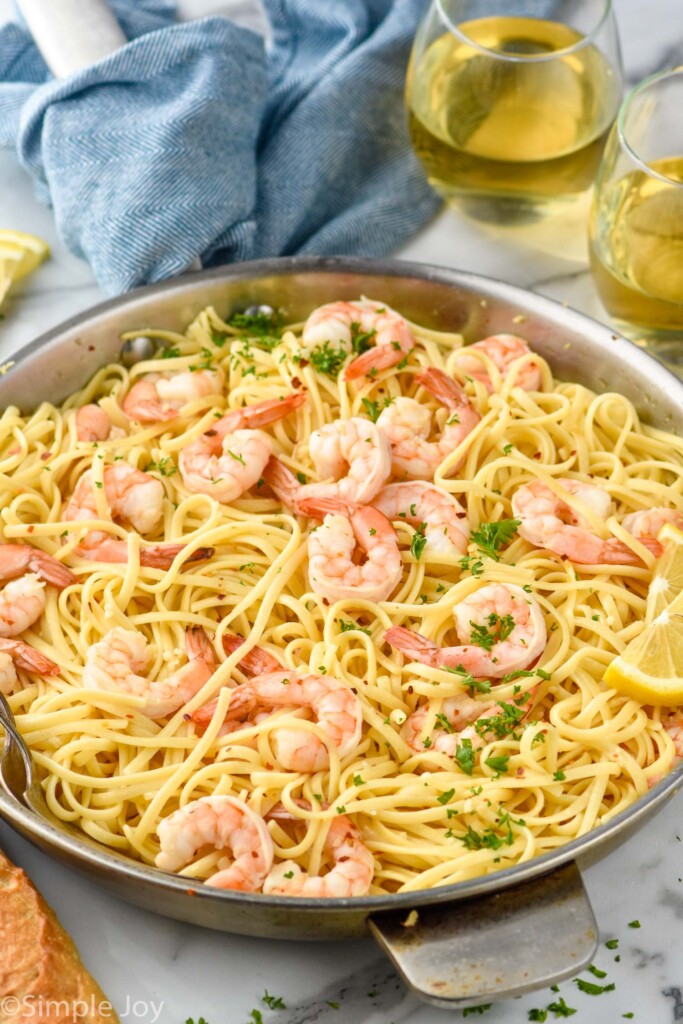
Pasta seafood dishes are one of the things that always draw my eye first when I’m at a restaurant. Here’s a secret though: They are crazy easy to make at home.
This shrimp linguine is the perfect example. If you pick up some shrimp and some linguine on your next grocery run, you likely have everything else you need to make this dish. Just 30 minutes in the kitchen and you will have a meal that is fit to impress, but will work great as a weeknight meal too!
How to Make Shrimp Linguine
Here is a brief overview of how this simple shrimp and linguine recipe comes together. For the full recipe including all measurements, see the recipe card at the bottom of the post.
- Cook the pasta. See more on cooking linguine below. Reserve 1/2 cup pasta water before draining the cooked pasta. Toss the drained pasta with one tablespoon of olive oil and set aside.
- Sauté the garlic. Cook the garlic and red pepper flakes in some olive oil until the garlic is fragrant, being careful not to burn it.
- Cook the shrimp. Add the shrimp to the skillet and cook for a minute or two on each side or until the shrimp turns pink. Be careful not to overcook the shrimp.
- Put it all together. Remove the pan from the heat and add the cooked linguine. Add some of the reserved pasta water to loosen up the linguine as you toss it with the shrimp. Garnish with fresh parsley, serve with lemon wedges and enjoy!
Cooking Linguine
While cooking pasta for any recipe seems like a simple step, here are a few things to keep in mind to cook it perfectly.
- Use plenty of water. Not only should the water just cover the pasta, but you need enough that the pasta has room to grow as it cooks. A pound of pasta needs four to six quarts of water.
- Salt the water. Adding one to two teaspoons of salt to the water before adding the pasta enhances the flavor of the noodles.
- Bring the water to a roaring boil. Be sure that there are large, constant bubbles before adding the dry pasta.
- Set a timer. Follow the directions on the package and set a timer so that you know exactly when your pasta is al dente. Be sure to save some of the water before draining the pasta.
- Reserve cooking liquid. Before you drain the pasta, remember to reserve 1/2 cup of that starchy cooking liquid.
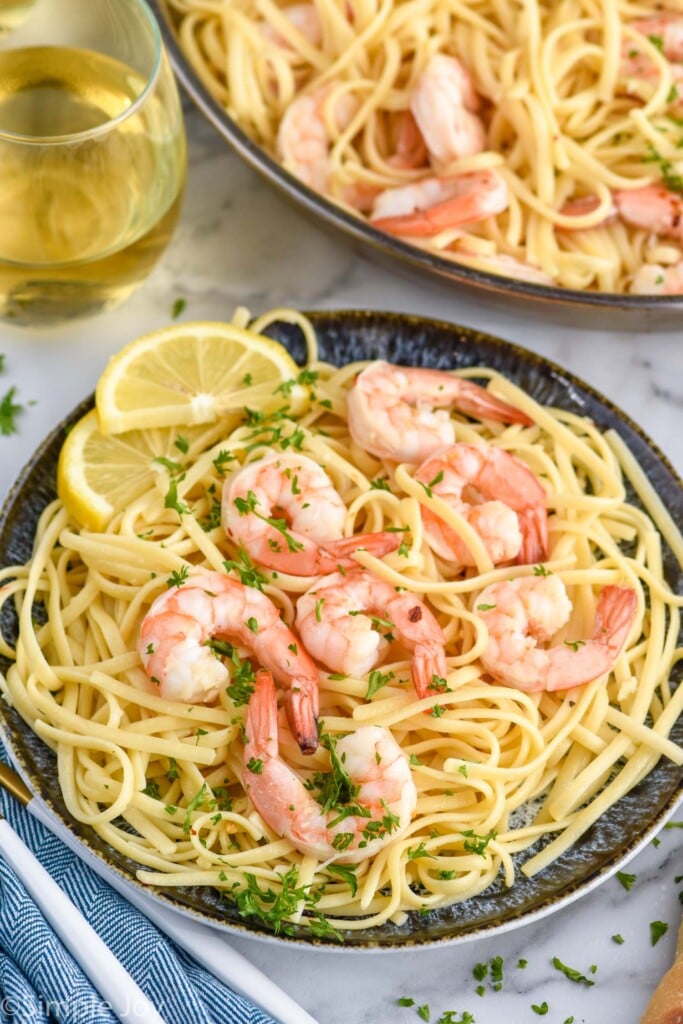
Reserving Pasta Water
Pasta water is full of delicious salty starchy flavor. It is a great way to keep this shrimp pasta recipe from drying out and add more flavor to the dish without needing an additional ingredient. Be sure to save 1/2 cup of water before draining your pasta and set it aside. I don’t recommend letting the pasta in the water once it is done cooking, it will get mushy fast.
Cooking Garlic
Garlic adds such an amazing flavor to recipes, I love to include it in about everything. While we cook the garlic in a skillet to release its flavor, it is super important that it doesn’t burn. Dramatic as it sounds, burnt garlic will ruin the whole recipe. Watch it closely and add the shrimp to the skillet as soon as the garlic is fragrant.
If you do burn your garlic (hey, it happens), I recommend starting over with new garlic. Be sure to throughly clean your pan and start from scratch.
Buying Shrimp
If you live in an area where fresh seafood isn’t available, frozen shrimp is a great option. Frozen shrimp are often flash-frozen at their peak freshness, preserving their flavor and texture.
The safest way to thaw frozen shrimp is to leave it in the refrigerator the night before you plan to make this recipe. You can also run it under cold water for 10 to 20 minutes before cooking. Be sure to follow the directions on the package for thawing instructions.
Cooking Shrimp
Shrimp cooks rapidly. In just a minute or two on each side, the shrimp will be perfectly cooked through. However, since shrimp sizes can vary significantly, it’s important to see their readiness based on how they look rather than relying on the clock.
As shrimp cook, they change from a grayish hue to a vibrant pink color. Additionally, they begin to curl inward. Once the shrimp have just turned pink and slightly curled, it’s time to flip them to cook the other side, and then promptly remove them from the pan. Overcooking shrimp can significantly lower the quality of the dish.
Variations
- Swap the olive oil for butter. Butter can be used in place of olive oil here for that rich butter flavor. Olive oil has a higher smoke point, so you will want to watch closely that your butter does not burn.
- Add in onions. For another layer of flavor, you can add in half a small yellow onion when you add in the garlic. You will want to saute it for five to seven minutes or until the onion is translucent.
- Change out the pasta. If linguine isn’t your thing, you can easily replace it with fettuccine or spaghetti here.
- Change out the protein. If you are serving someone who is allergic to shrimp or doesn’t like seafood, you could swap the shrimp for chicken. Cut boneless skinless chicken breasts into bite sized pieces and cook them for about four minutes in step four.
Storing Leftovers
Store any leftover pasta with shrimp in an airtight container in the refrigerator for up to three days. Reheat the portion you plan to eat in a small skillet over low heat, adding a splash of broth if needed to keep it from drying out. Always use your best judgment with leftovers.
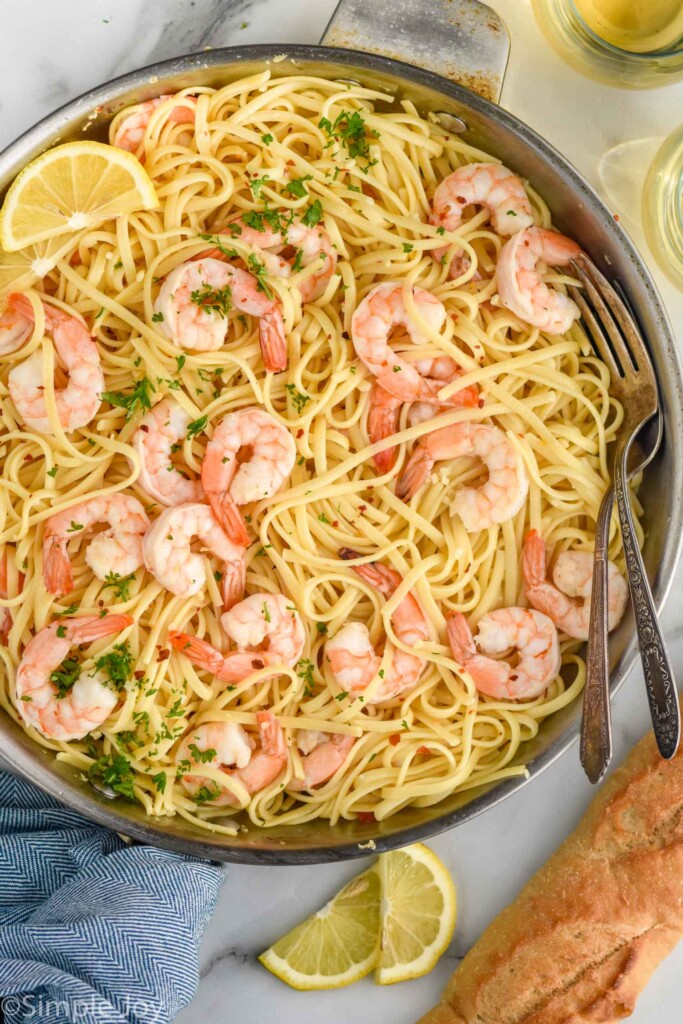
Other Seafood Pasta Recipes
This linguine with shrimp is a simple yet satisfying meal that comes together so quickly. If you are looking for other seafood pasta recipes, here are a few favorites:
If you make this shrimp linguine recipe or any of my other recipes, let me know what you think by leaving a comment below!
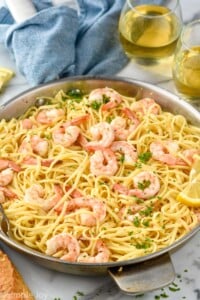
Shrimp Linguine
Ingredients
- 1 pound linguine cooked according to package instructions (453.59 grams)
- 1 tablespoon olive oil for pasta
- 2 tablespoons olive oil for cooking shrimp
- 4 garlic cloves minced
- 1/4 teaspoon crushed red pepper flakes
- 1 pound raw shrimp deveined and thawed (453.59 grams)
- 1/2 teaspoon kosher salt
- lemon wedges for serving
Instructions
- Bring a large pot of water to a roaring boil to cook the linguine. Cook for the time indicated on the package. See my tips and tricks within the post for cooking linguine.1 pound linguine
- Reserve 1/2 cup pasta water before draining. Toss the drained pasta with 1 tablespoon of olive oil and set aside.1 tablespoon olive oil
- Once the linguine is finished cooking, in a large skillet over medium heat, heat the 2 tablespoons olive oil. Add the minced garlic and crushed red pepper flakes, and cook just until the garlic is fragrant, being careful not to burn it. Read more about this here in the post.4 garlic cloves, 1/4 teaspoon crushed red pepper flakes, 2 tablespoons olive oil
- Add the shrimp, seasoning it with the salt. Cook the shrimp for 1 to 2 minutes on each side or until the shrimp goes from translucent to pink. Be careful not to overcook the shrimp.1 pound raw shrimp, 1/2 teaspoon kosher salt
- Remove from the heat and add the cooked linguine. Add 1/4 cup of the reserved pasta water to loosen up the linguine as you toss it with the shrimp. Add more if needed. Serve with lemon wedges and enjoy!

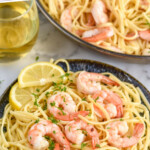
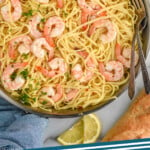
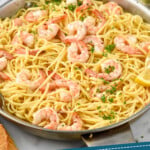
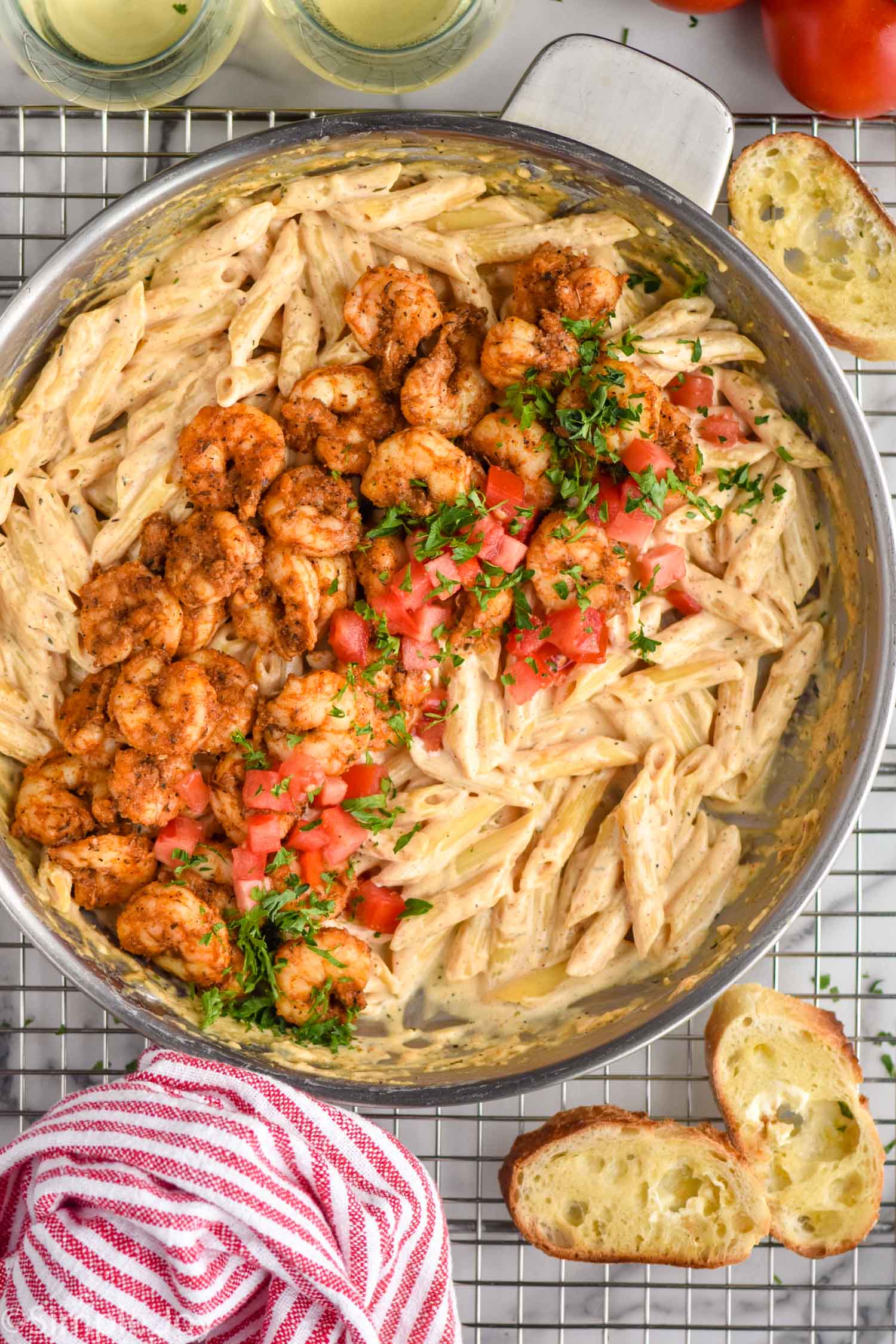
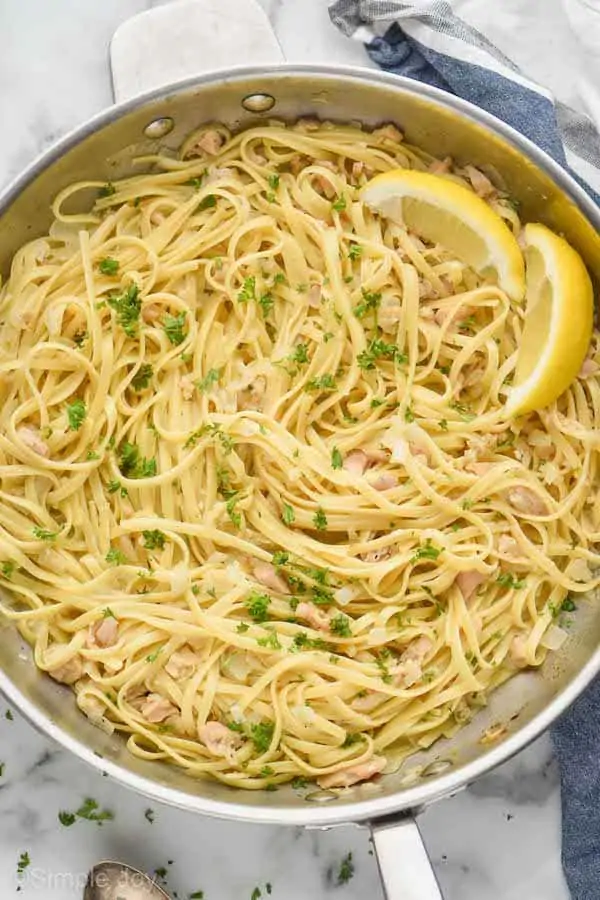
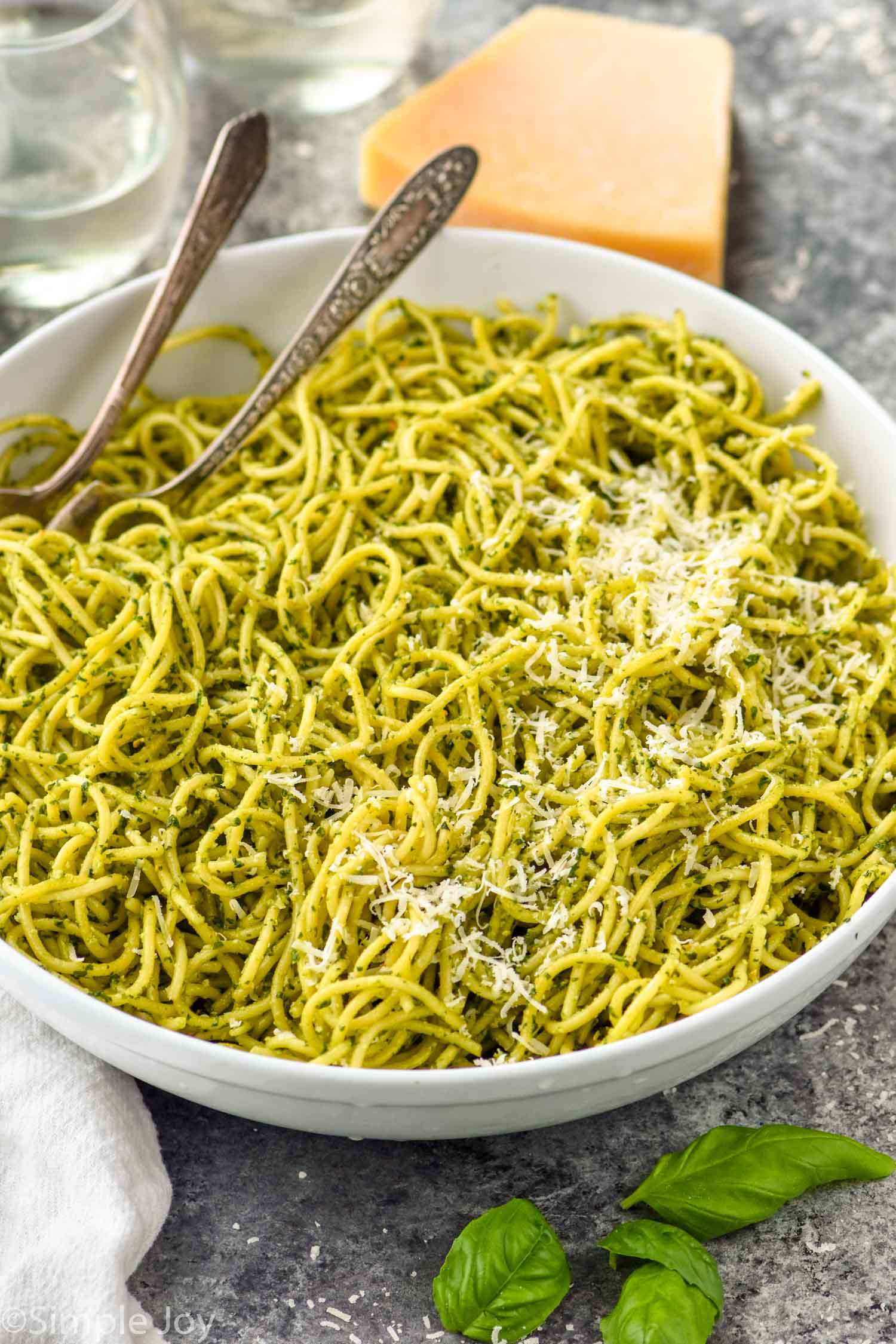
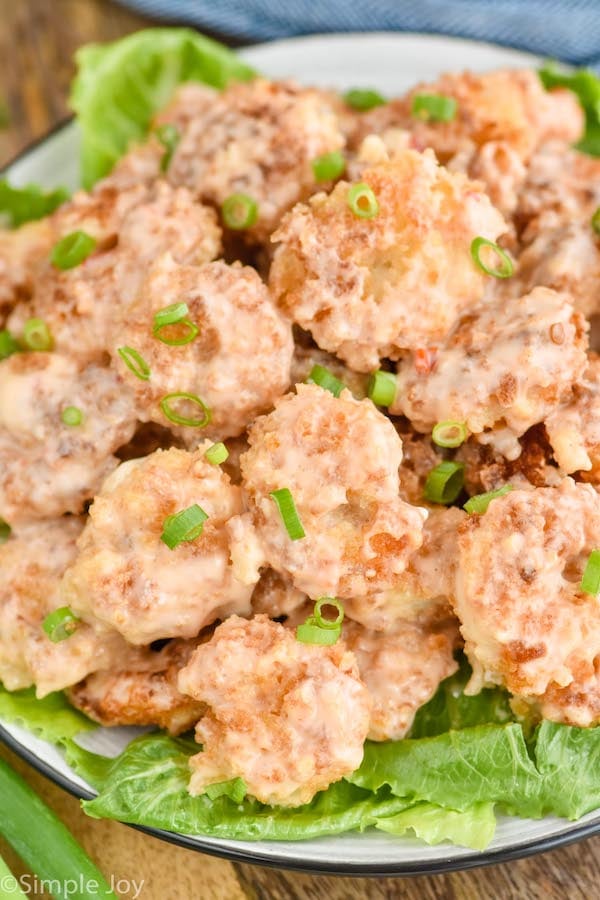

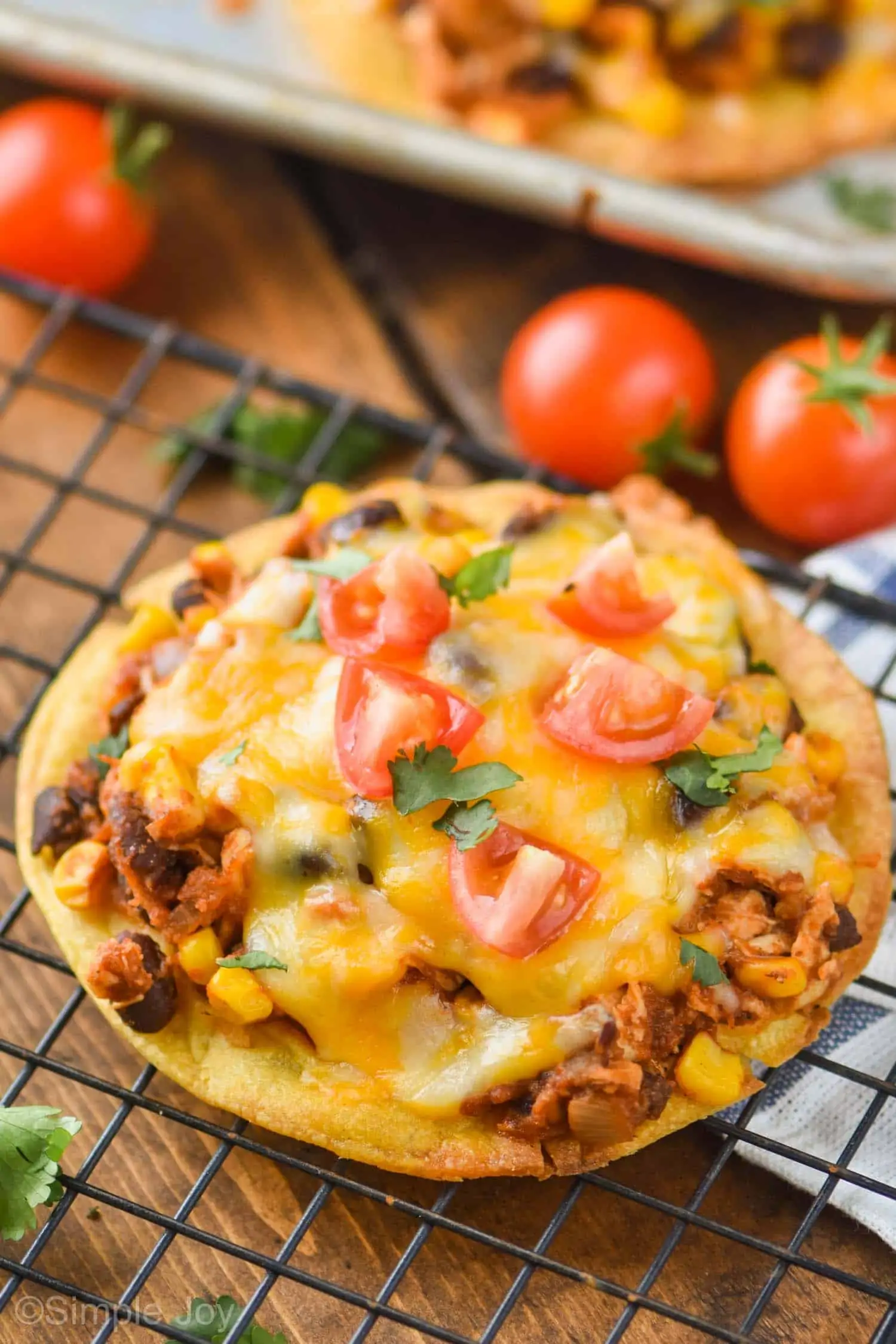
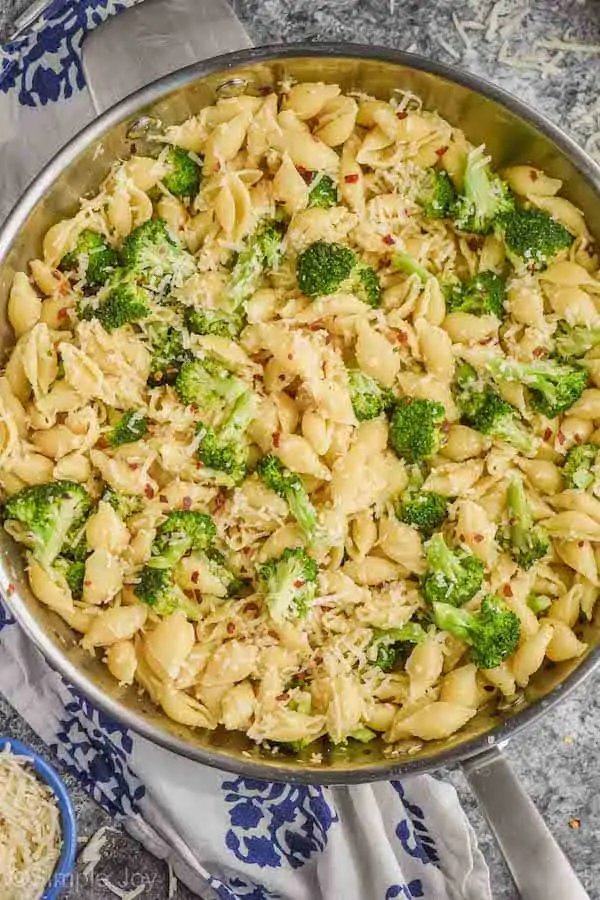
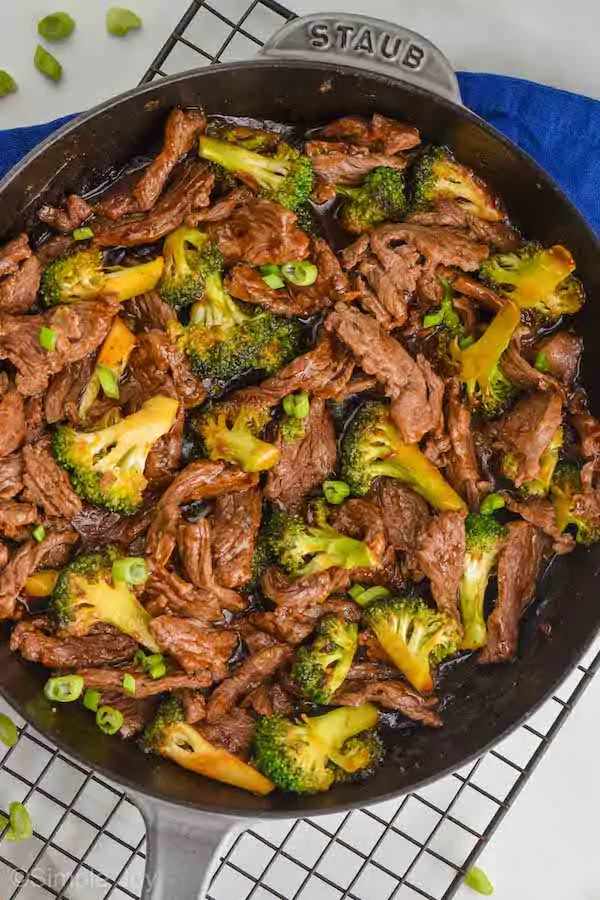






Gail Guinn says
Love your recipes- you use simple ingredients that become such delicious dishes. Thank you.
I’m so glad you are enjoying them!